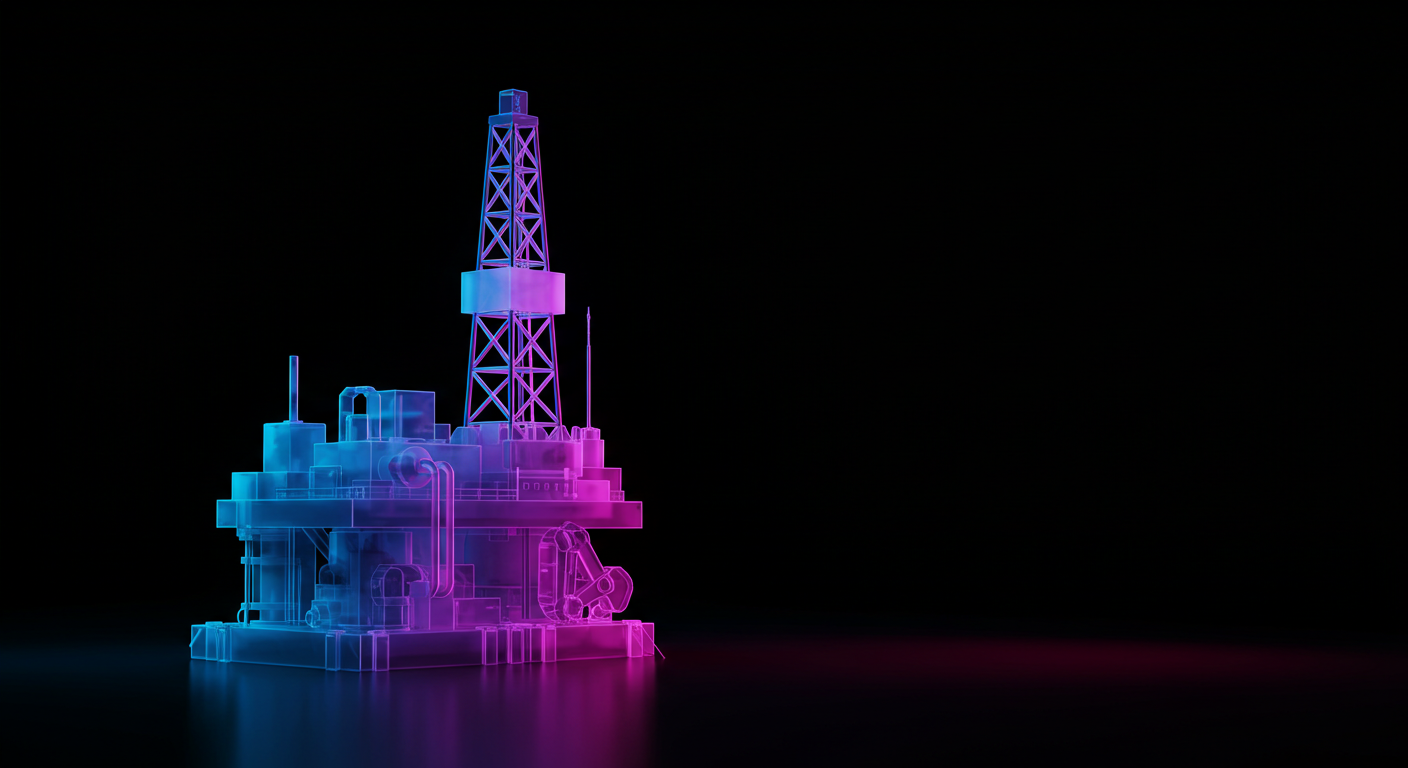
Diamondback Energy reported first-quarter 2025 adjusted earnings per share of $4.54, surpassing expectations and last year’s $4.50. Revenues reached $4 billion, an increase of 82% from the prior year, beating estimates by 8.1%.
The company repurchased $575 million in shares initially and a further $255 million later. It declared a quarterly dividend of $1 per share, payable on May 22.
Production And Pricing
Diamondback’s production averaged 850,656 barrels of oil equivalent per day, primarily oil, up 84.5% year-over-year. The average realised oil price was $70.95 per barrel, a 5.5% decrease from the previous year.
Diamondback’s cash operating cost was reduced to $10.48 per BOE from the previous year’s $11.52. Production and ad valorem taxes increased to $2.98 per BOE.
The company logged $942 million in capital expenditure, focusing on drilling and infrastructure. Adjusted free cash flow was $1.6 billion.
As of March 31, it held $1.8 billion in cash and $13 billion in long-term debt.
The company revised its guidance to reflect recent acquisitions, projecting oil volumes and a capital spending budget lower than previously forecasted.
Strong Earnings Among Energy Companies
Other energy companies also reported strong earnings due to increased production.
Diamondback’s latest quarterly update gave the kind of clarity markets like. EPS came in above both consensus and its own performance from the same period a year earlier. That shows both discipline and consistency, which is rare against such a volatile pricing backdrop. At $4.54 per share, there’s little doubt the firm is operating efficiently, even with slight headwinds in pricing.
Revenue grew strongly, with $4 billion marked—a sharp 82% improvement compared with the same stretch last year. It’s not just growth for growth’s sake either. Markets priced in something lower, so that 8.1% beat backed by fundamentals offers solid justification for the move higher. Importantly, this wasn’t just pricing driving earnings upward. Output was a central factor. A daily average of more than 850,000 BOE means the company completed more wells and got more out of each one.
However, while production increased nearly 85%, oil prices didn’t cooperate in quite the same way. Realised oil came in at $70.95 per barrel, a decent level in context, but down from last year’s numbers. That minor drag hasn’t derailed anything major, but it is worth noting. Margins were preserved in part because costs were cut—cash operating expenses per BOE trimmed by over $1. This likely reflects efficiency from scale and tighter field-level performance.
Additional share buybacks, totalling over $800 million across two tranches, send a direct signal on capital allocation priorities. The dividend at $1 per share on top reaffirms this. For those watching balance sheets, the $1.8 billion of cash and $13 billion in debt speak to a company still deploying capital, but not recklessly. The majority of the $942 million capex went where it should—drilling and infrastructure. That’s what powered the production boost, not one-off inventory sales or accounting quirks.
Guidance has been revised lower for spending and oil volumes, reflecting recent consolidation activity. At first glance, this may seem cautious. But less capital now, following acquisitions, suggests integrated assets are being deployed with restraint rather than overextension. Management isn’t chasing volume for its own sake. Lower activity forecasts plausibly reflect optimisation efforts post-acquisition—integrating rather than speeding up.
Other producers also reported stronger performance, driven largely by output gains. So, we’re seeing more supply, not necessarily reliant on price spikes to maintain profitability. That matters, because supply discipline is one of the few things stabilising derivative markets at the moment.
For now, the tighter rein on spending—paired with robust production and better-than-expected revenue—shapes a backdrop of stable operating leverage. As spread curves shift, and implied volatility reacts to production data and inventory builds, we should focus on how production trends may influence underlying price range expectations.
If production continues to climb while realisation levels soften slightly, it creates a narrower but more stable pricing environment. That may compress tails in near expiries. Both horizontal rig counts and completion efficiency should be monitored. Those will signal whether recent cost improvements can hold, and whether free cash flow projected near $1.6 billion can be sustained, or even bettered, without price support.
With valuation underpinned by buybacks and durable production, pricing sensitivities are unlikely to spike sharply in either direction near term. That means ranges may stay tighter—though extremes still hinge on inventory surprises and macroeconomic shifts. This is a backdrop where structure matters.







